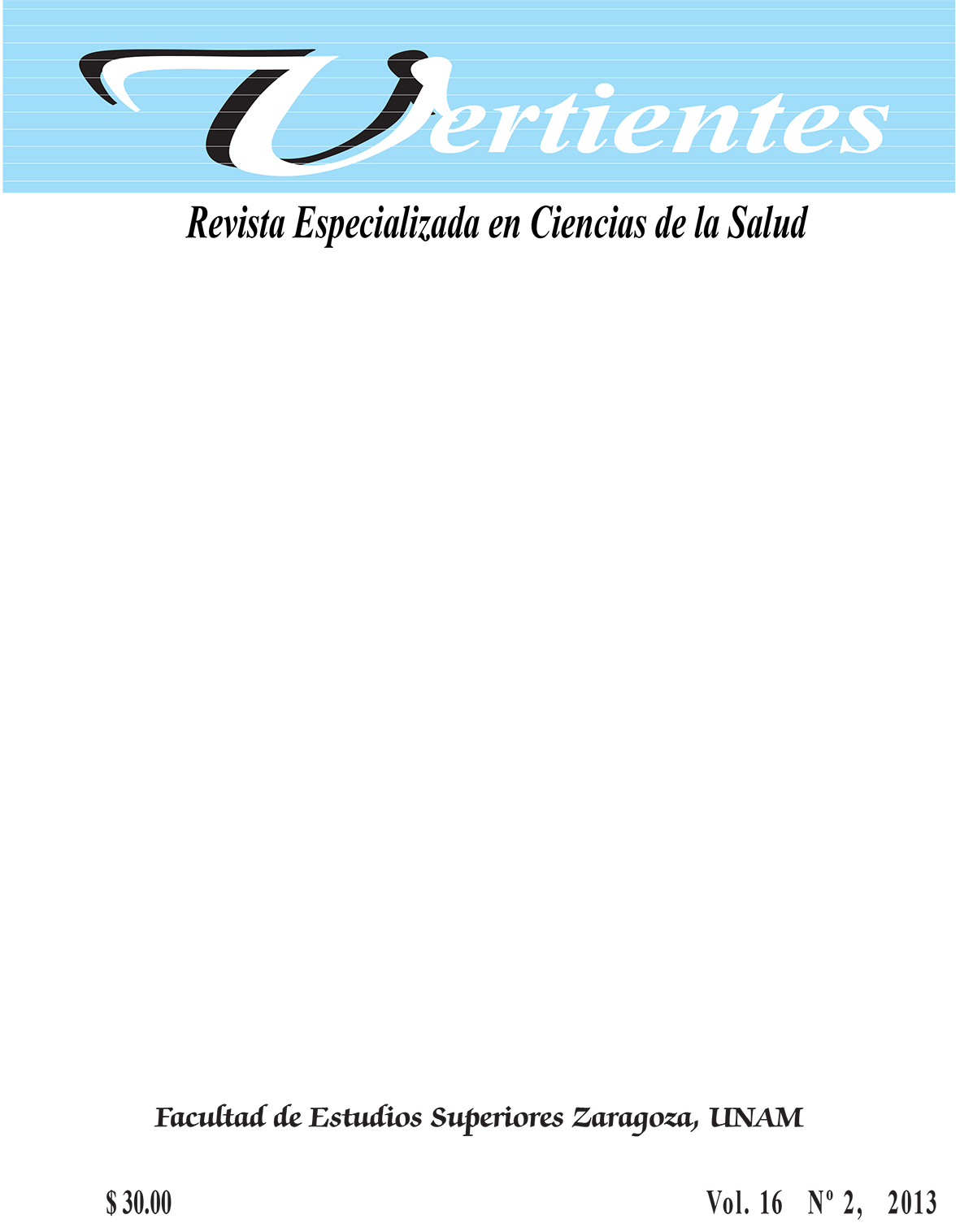High hidrostatic pressure, uses and perspectives in the biological sciences and health
Main Article Content
Abstract
High Hydrostatic Pressure (HHP), also called pascalization, pressurization or isostatic pressure is a process in which a product is subjected to pressures between 100 to 1000 MPa during some minutes, depending on the nature of the product. This process is called hydrostatic pressure because the pressure is applied to a fluid and then is transmitted directly to the object. The history of HHP began with its use on metallurgy, then there was a growing interest on researching its applications on other fields, for example, the effect on biological systems and on the food industry. Nowadays the use of HHP is mainly centered on food preservation (by decreasing microbial counts and eliminating pathogens, improving microbiological quality without modification on flavor, taste or nutrimental value), the upgrading and development of new equipments with higher capabilities has opened the doors for more research and the possibility of upscaling at industrial level. In recent years, there has been an increased interest on the use of this process in diverse sciences such as medicine, biochemistry, molecular biology, etc.
Article Details
How to Cite
Domínguez-Ramírez, L. L. (2015). High hidrostatic pressure, uses and perspectives in the biological sciences and health. Vertientes. Revista Especializada En Ciencias De La Salud, 16(2). Retrieved from https://revistas.unam.mx/index.php/vertientes/article/view/51705
Citas en Dimensions Service

Vertientes by Universidad Nacional Autónoma de México is licensed under a Creative Commons Reconocimiento-NoComercial-SinObraDerivada 4.0 Internacional License.
Creado a partir de la obra en http://www.zaragoza.unam.mx.
